Oil Drilling In The Great Australian Bight: A Tough Barrel To Swallow
Oil exploration in the Bight is a divisive and complex topic, let’s divulge and discuss.
Offshore oil facilities aren’t new noise, and the Great Australian Bight is no exception to them. Since 1972, 13 wells have been successfully drilled in the Bight, with the most recent drilled in 2006.
In 2016, both BP and Chevron opted to bail on their drilling plans in the Bight due to ‘economic reasons’ – amidst other concerns – and for a moment, Australians believed the Bight was safe.
Now, these concerns have being re-ignited, and the environmentally engaged are outraged at the prospect of drilling once again. There are currently 11 active exploration approvals in the Bight, BP owned two of these, two permits which have been acquired by Equinor (formerly Statoil, who changed their name for obvious reasons) upon BP’s Departure. Since acquiring the permits, Equinor have outlined plans to commence seismic testing exploration as early as late 2019. Understandably, the idea of exploration and subsequent drilling has sparked commotion. Most pertinently, the fear of a spill.
This issue, however, is more complex than simply ‘saving our oceans’, or vaguely referencing BP’s Deepwater Horizon disaster in the Gulf of Mexico in 2010. If we are going to oppose exploration and subsequent drilling on reasonable grounds, we best ensure we’re voicing our reasons on the most effective platform, on a well-supported, scientific basis.
Sharing an Instagram story may promote discussion and signal your virtue, but it’s a small step in combatting multi-billion dollar corps with profit-driven agendas.
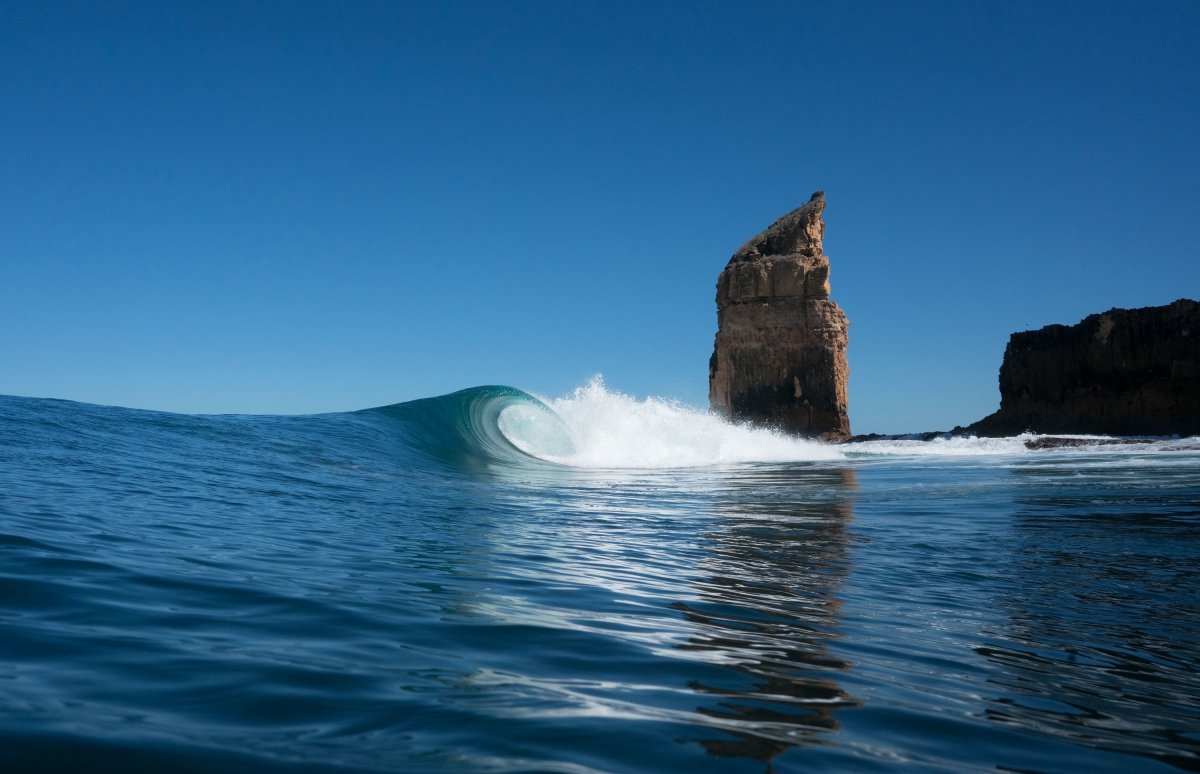
Want some sludge with your coastline?
Photography
Tom Pearsall
Stating the obvious
The jury is in on climate change. It’s real. And it’s caused by humans. In the grander scheme, Australia plays a minor role in global emissions (unless you look at emissions per person), but our political position is comparably powerful and sets examples for other leading nations.
As idealistic progressives push for a complete withdrawal from the fossil fuel industry, conservatives hold back and, in some cases, argue for a complete reversion to the fossil fuels we were once entirely reliant upon.
As our ex-Prime Minister, Tony Abbott, recently said in an attack on renewables, “the sun doesn’t shine at night and the wind doesn’t always blow”.
But the issue isn’t that simple. And frankly, one that isn’t worth attempting to divulge here. In short though (and in my semi-biased opinion), we’ll need a multi-faceted approach that increases renewable usage while still relying on fossil fuels until they can be appropriately phased out.
Crude oil is unfortunately one of these sources of energy which cannot be just ‘switched off’.
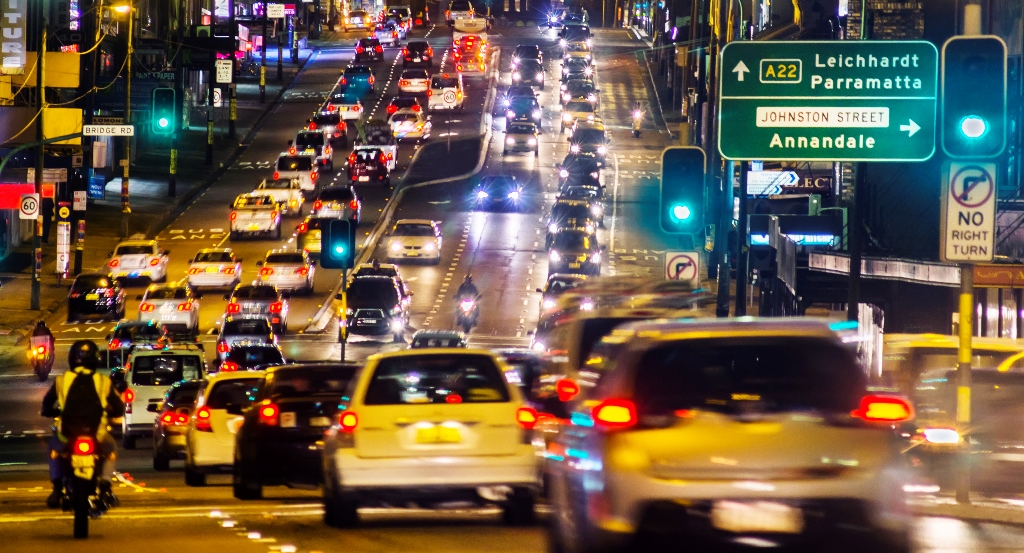
Even in Australia’s capital cities the majority of Australian’s are privately owned car dependent.
Photography
Supplied: Allianz
The arguments for coal and gas-fired power stations is dwindling as their environmental and economic prospects are supplanted by solar and wind, but at this point, we have no feasible replacement for oil and its main use in Aus – most oil in Australia is used for transportation.
Electric cars are still a pipe-dream here, and most mechanics are still claiming ethanol rots your engine. So until a pushy becomes a feasible long-distance option, or public transport reliable, most non-city dwelling Australians will be relying on privately owned, fossil fuelled transport, for the next few decades at least.
According to Equinor, Australia imported $24 billion in crude oil and related products between 2016-17, and our exports of these products amounted to a comparatively small $5.6 billion. For the economically minded, the solution is obvious. Drill for more oil.
That’s exactly what Equinor is hoping to do.
They have two grants for exploration in the Bight at current, and the Australian Petroleum Production and Exploration Association suggests the Bight could be used to generate six billion barrels before 2060. A profitable prize Equinor understandably wants to get their hands on.
And as an obvious and antiquated aside, this production would also result in jobs – up to 1,500 of them according to the ABC.
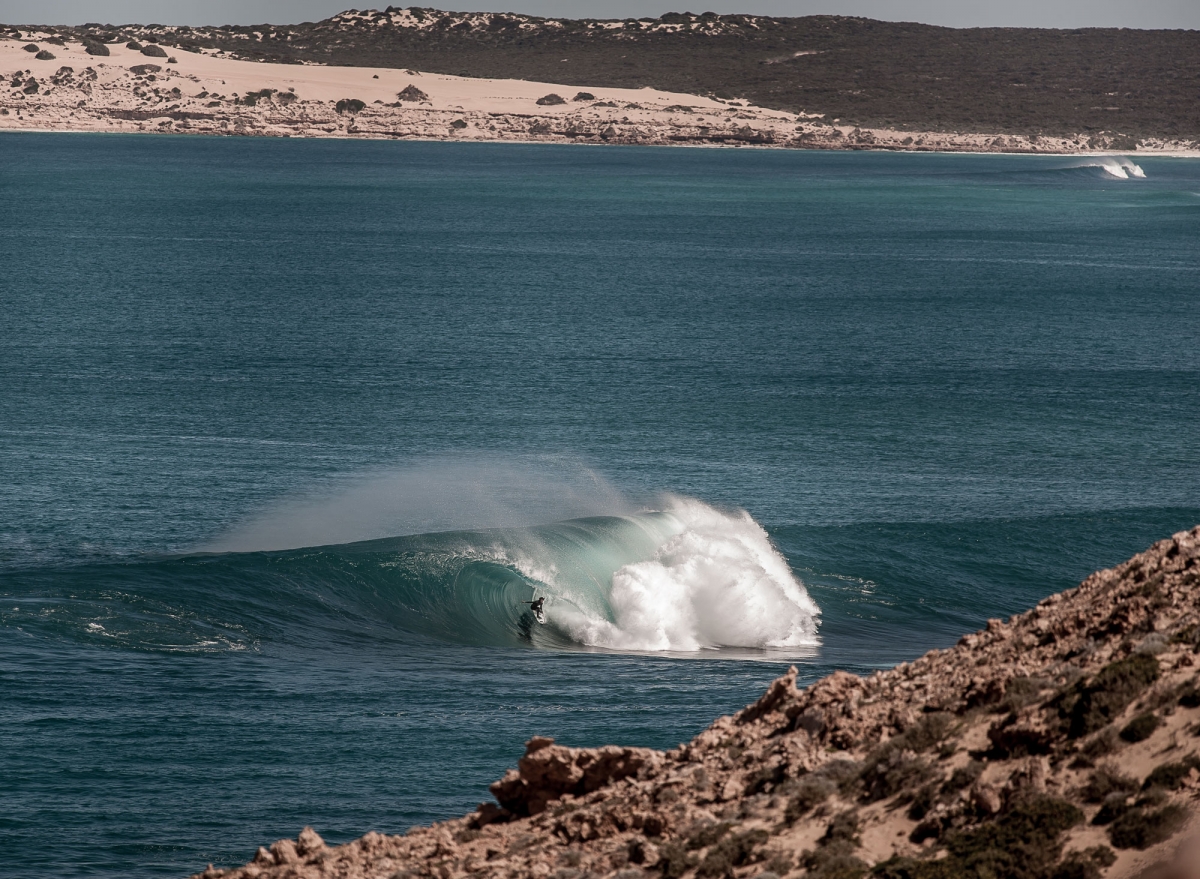
Craig Anderson somewhere on Australia’s (very) long southern coastline
Photography
Brian Bielmann
So should we do it?
In truth, the chances of an oil spill are slim; but it’s their destructive consequences that are the most concerning. Like any good pop-psychologist knows, decision makers tend to overweight the likelihood of rare, but salient outcomes.
In this instance, the conservationists overweigh the likelihood of a spill occurring. The chance of this rare event occurring is exacerbated by the monumentally fucked consequences if by the off chance it did occur.
Exact numbers regarding the chance of a spill are blurry: they’re dependent upon the location of the rig, a companies track record, their planned mitigating factors, and a range of other varying factors. Currently, Equinor has stated the chance of a spill is “very, very low”, but they have outlined the potential damage were a spill to occur in the Bight. They haven’t done so out of good faith either, they’ve done so as a requirement for the National Offshore Petroleum Safety and Environmental Management Authority, who require a preliminary report prior to any exploration taking place.
In one preliminary report Equinor mapped out the ‘worst case scenario’.
There would be a 41 percent chance the NSW coastline would be hit, a 97 percent chance of oil reaching Adelaide within a month, and nearly a 100 percent chance the majority of the surrounding regions such as Port Lincoln and Kangaroo Island would be impacted. Tasmania would also feel the brunt with the Bight’s erratic conditions likely to extend the spill to the south.
Aside from a spill’s wider-spread impacts, there are grave concerns about its local effect, as highlighted by Greenpeace in a recent press release.
“[The bight’s] waters hold 36 species of whales and dolphins, including the world’s most important southern right whale nursery, and many humpback, sperm, blue and beak whales.” Reads the Greenpeace release. “Australian sea lions swim freely throughout the Bight, one of the only places in the world they can be found in large communities…Imagine a place so unique that over three-quarters of the species living there existed nowhere else on the planet. That’s the Bight.”
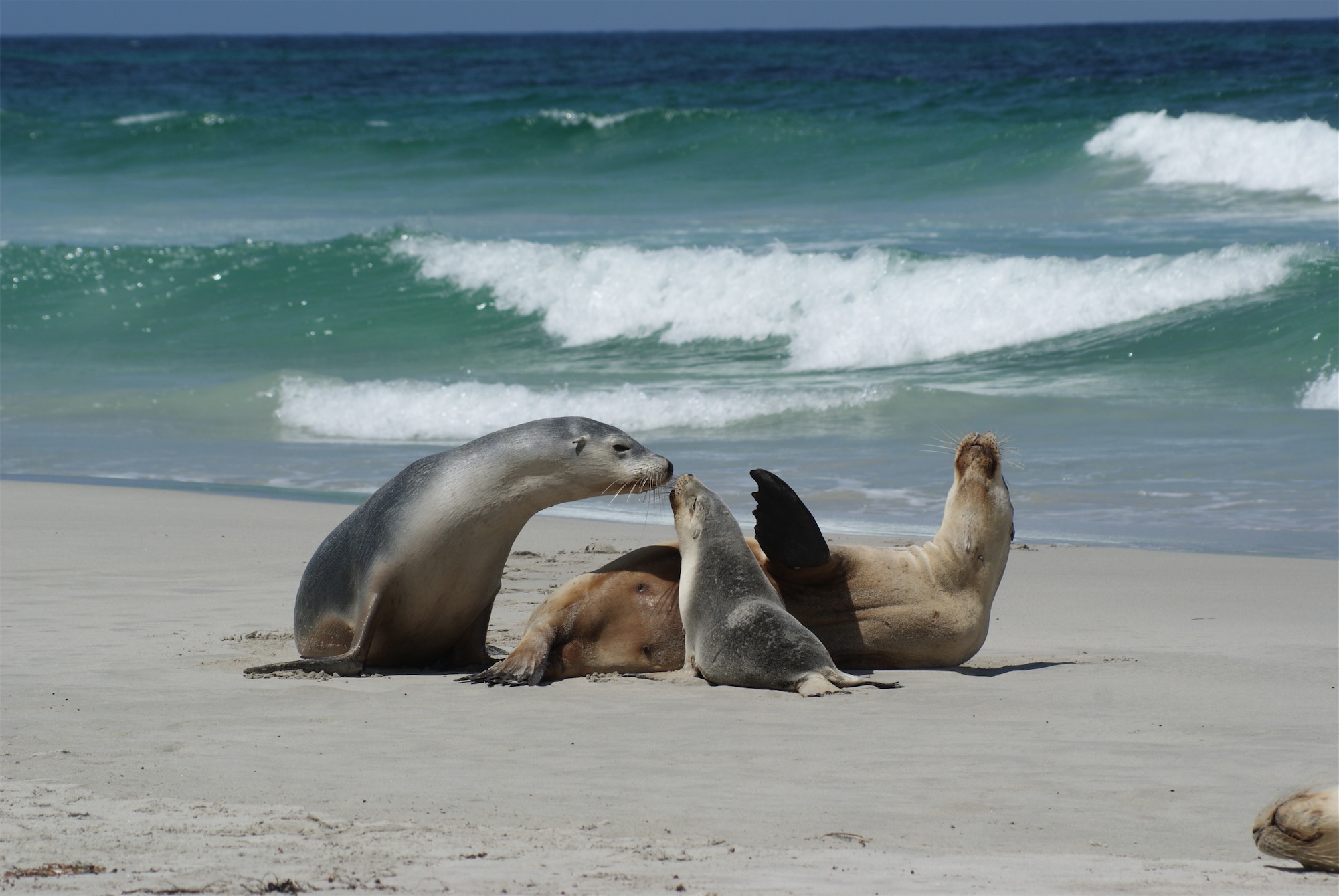
Seals on Kangaroo Island, less than a couple clicks off the coast of Adelaide.
Conservational concerns are one thing, but even those unconcerned by mass extinction will likely bat an eye at the indirect economical impacts.
South Australia’s fisheries industry is worth over $440 million annually to the region, with the coast’s tourism industry bringing in around $1 billion. No one’s going to visit the ’12 Apostles’ (or the few that are left) if they’re coated in a thick layer of sludge, and the fishing industry won’t thrive pulling up a couple tonne of tainted fish.
Opponents are also quick to bring up BP’s Deepwater Horizon spill in the Gulf of Mexico – a spill that billowed over 880 million litres of oil into the ocean, costing upwards of $25 billion in losses, and over 5,000 dead marine animals – and they have a reason for doing so. Compared to the volatile nature of the Bight, the Gulf of Mexico is mellow, where a spill should be easily contained. The spill which resulted though was not easily contained – it took 87 days to plug.
In addition to rough seas and weather, the section of the Bight being explored is significantly deeper than the Gulf of Mexico. This section of the Bight is 2250 metres deep, a full 750 deeper than the Gulf.
These stormy conditions and significant depth are all factors which led BP to abandon their plans to drill in the Bight.
“Examples include stating that impacts of spill response strategies may be offset by the use of vessels from the local fishing fleet… and stating that ‘in most instances, the increased activity associated with clean up operations will be a welcome boost to [local] economies.’”
This is a spurious claim at best. One that BP later said ‘did not reflect [their views].
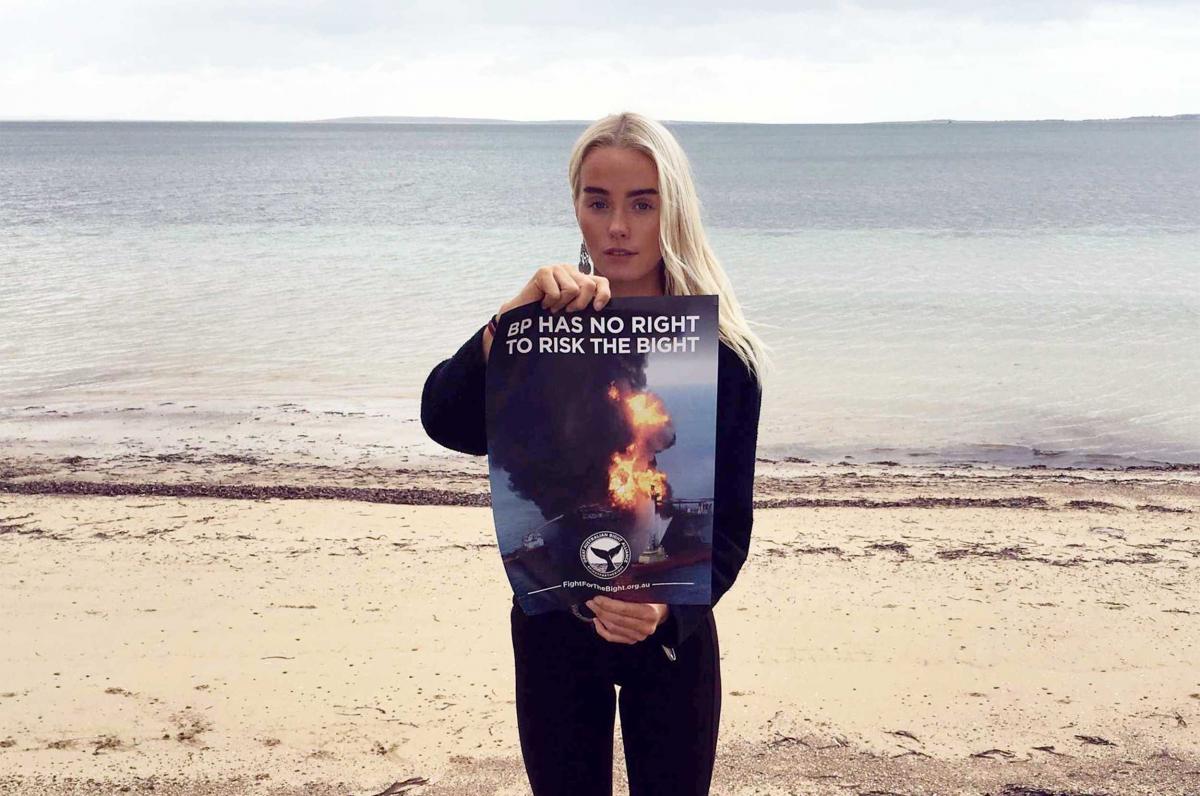
This was Brinkley Davies approach back in 2015 amidst BP’s oil plans.
So, if you are opposed, what’s the best course of action?
Posting an IG story, sharing to Facey, signing a petition, sticking a sign in your front lawn, write an article about it? All forms of good old slacktivism.
In truth, probably a mixture of them all is best. ‘Slacktivism’ gets a bad wrap in comparison to the thousands deep rallies of the 60’s, but as Jennifer Earl, Sociology Professor, discussed in The Conversation, slacktivism’s worth more than it’s given merit for. At worst it generates awareness, and at best, it results in parliamentary decisions being overturned, which Jennifer cites several examples of.
In relation to the current issue, Greenpeace started an online petition, The People Vs Oil, which as the name suggests is opposed to drilling in the Bight. The petition currently has 130,000 signatures, with a goal of 200,000. Placing your digital signature here may seem entirely inconsequential – most online petitions fall flat – but larger petitions with political motivations often grasp the eyes of sitting parliamentary members.
As the ABC pointed out in 2016, one of the main positives of a petition is their ability to spread information. You might therefore argue that they’re barely better than an easy and self-glorifying Instagram share, but that’s not quite the case. Social media is an echo chamber; a rebounding squash court of ideas which you already agree with. When you’re sharing your political, environmental, or whatever beliefs on social media, you’re likely just resounding with an audience already in agreeance.
Another strategy is contacting your local federal parliament member – particularly relevant for those in South Australia. 13 local councils within South Australia have currently publicly opposed drilling in the Bight, unfortunately however, it’s a federal issue. One which can only be thwarted if the federal government steps in.
Emailing your local federal member – urging your fellow dissenters to do the same – will hopefully promote this issue to parliament. As more members become aware, the issue need eventually be addressed by the two major political parties. Parties which love nothing more than jumping on a populist movement of the time.
If an electorate voices strong opposition to a movement, it’s difficult for that sitting member to vote otherwise, or they’ll risk losing their much prized seat. With an election looming, Labor is likely the first party to jump on board with an anti-oil stance. And considering recent inaction from the sitting government, will likely be seeking to regain votes from those who tend towards the Greens.
Oh, and lastly, why this is relevant to surfing. Over the past couple of months several known surfer’s have posted to social media, article’s have been published, and brand’s like Patagonia have taken their opposition public. But the concerns are just shared by those concerned about environmental issues on a grander scale, surfers in the South Australia region are concerned for the direct sake of their waves.
South Australia and surrounding regions along the Bight are wave rich. They’re often remote and barely accessible, but they’re blessed nonetheless. Even if you were to never set foot in the south, or in Aus altogether, it’s tough to sit back and consider the prospect of World Class waves turning to literal waste.
Whatever your opinion though, it’s a complex subject. And one which I’ve barely scraped the oily surface of here.
Disagree? Let’s Disqus down below. I’ll be in there.














Comments
Comments are a Stab Premium feature. Gotta join to talk shop.
Already a member? Sign In
Want to join? Sign Up